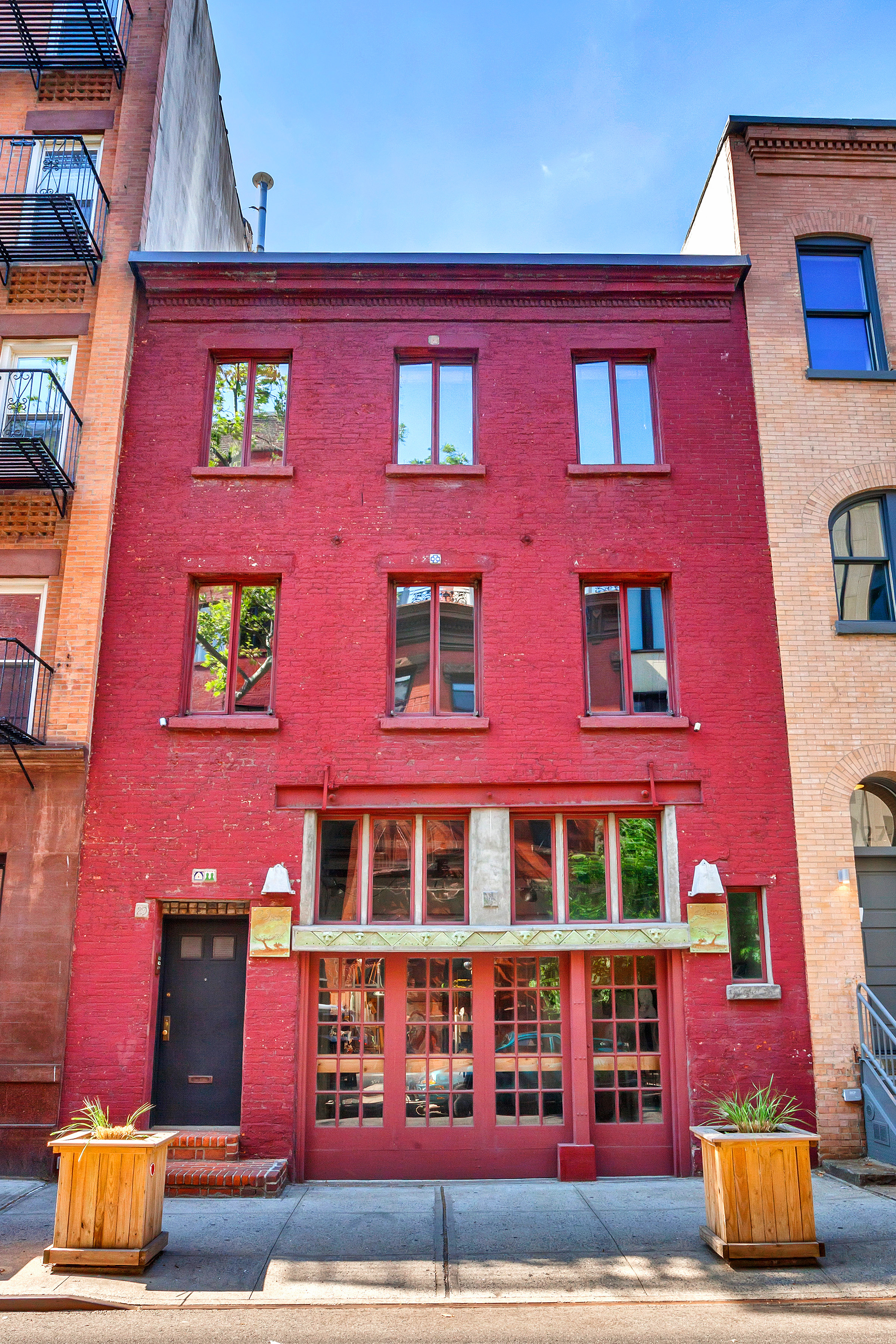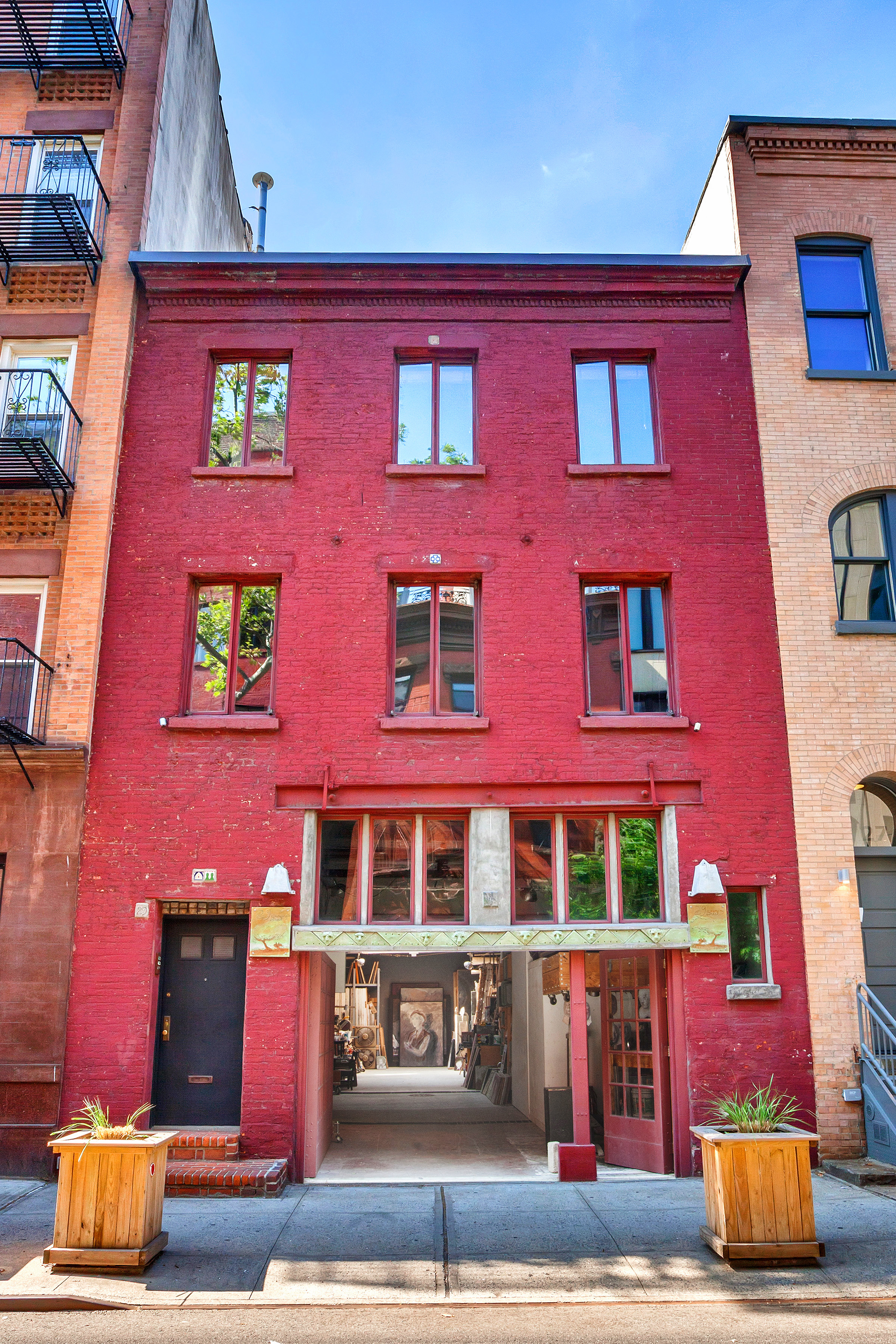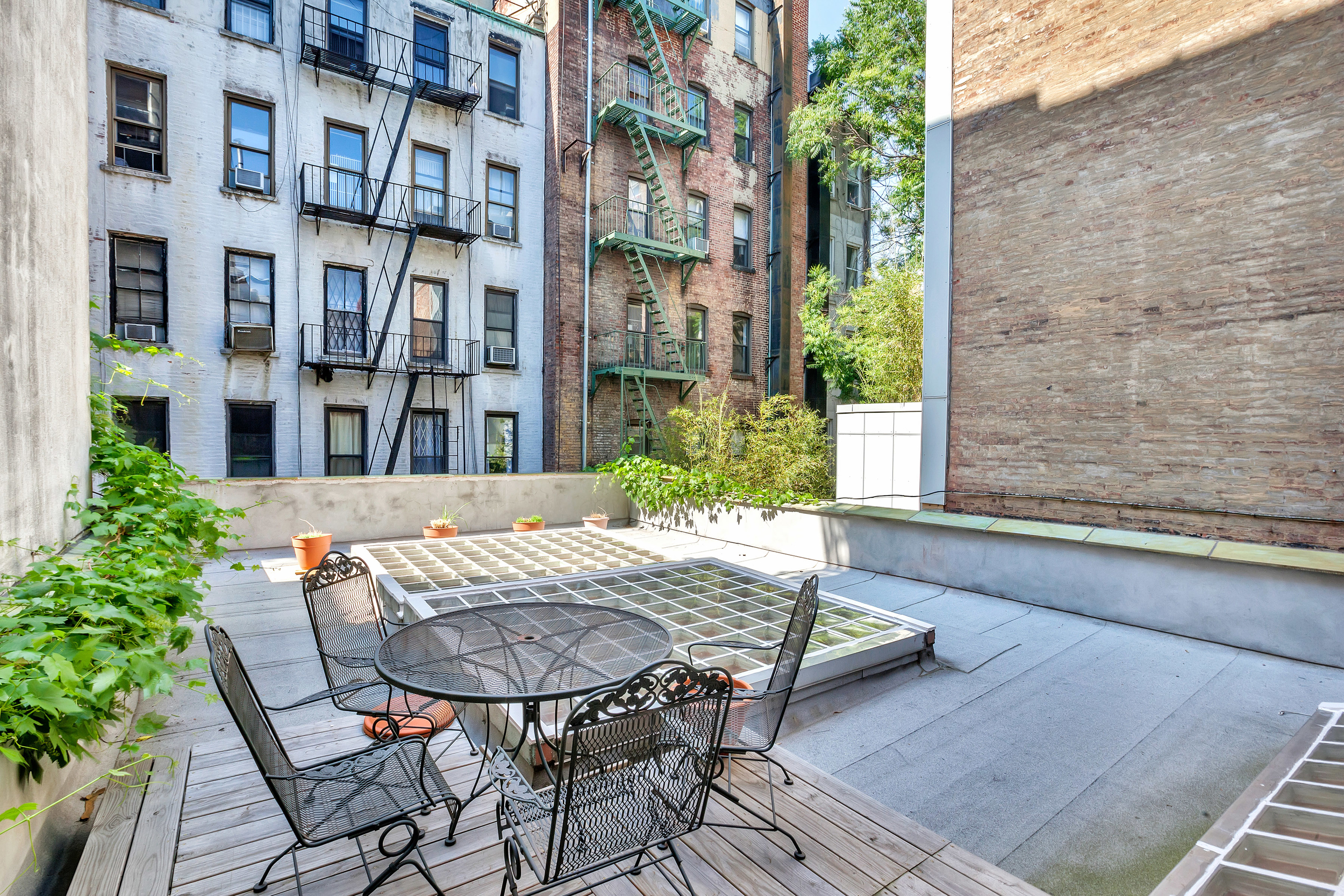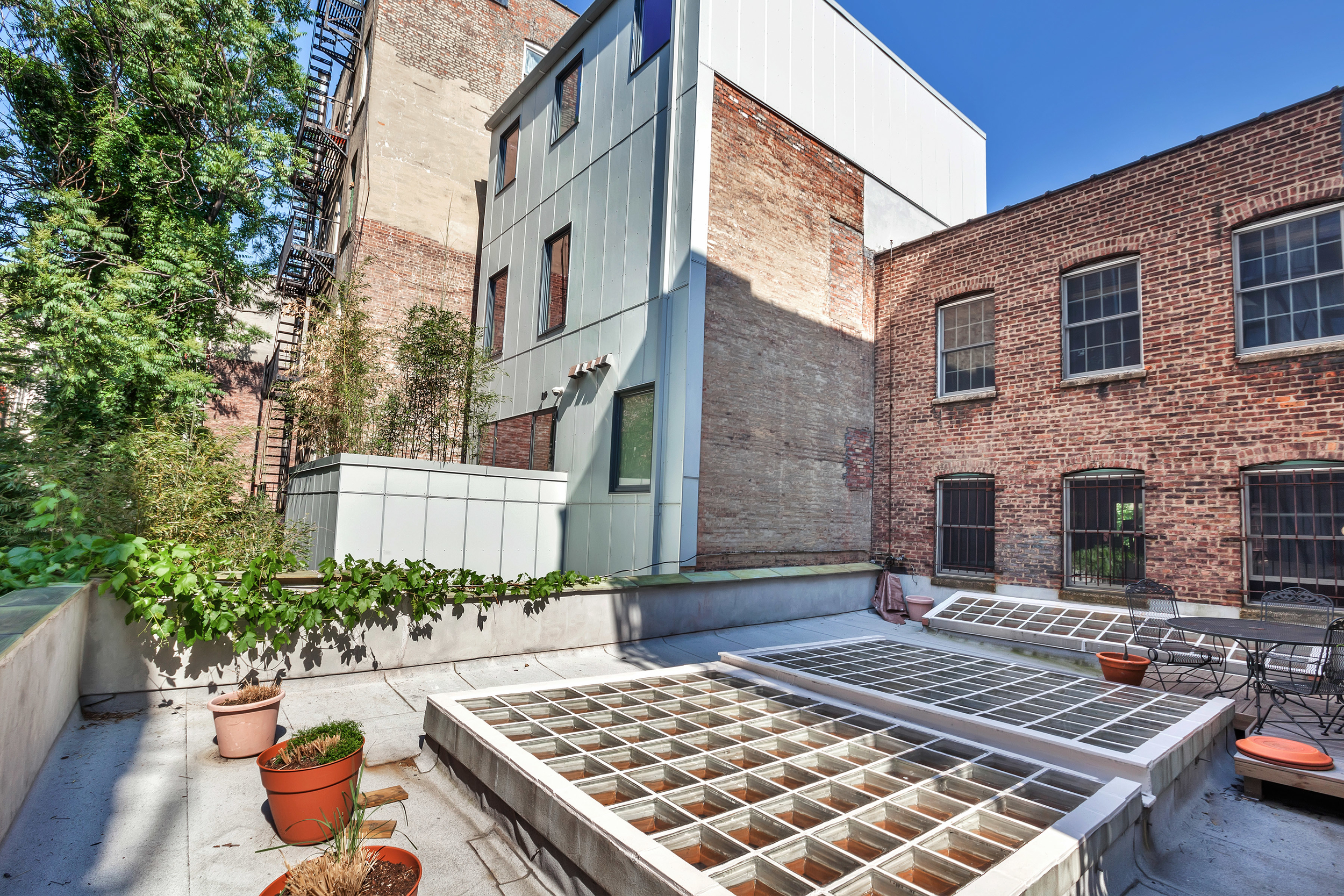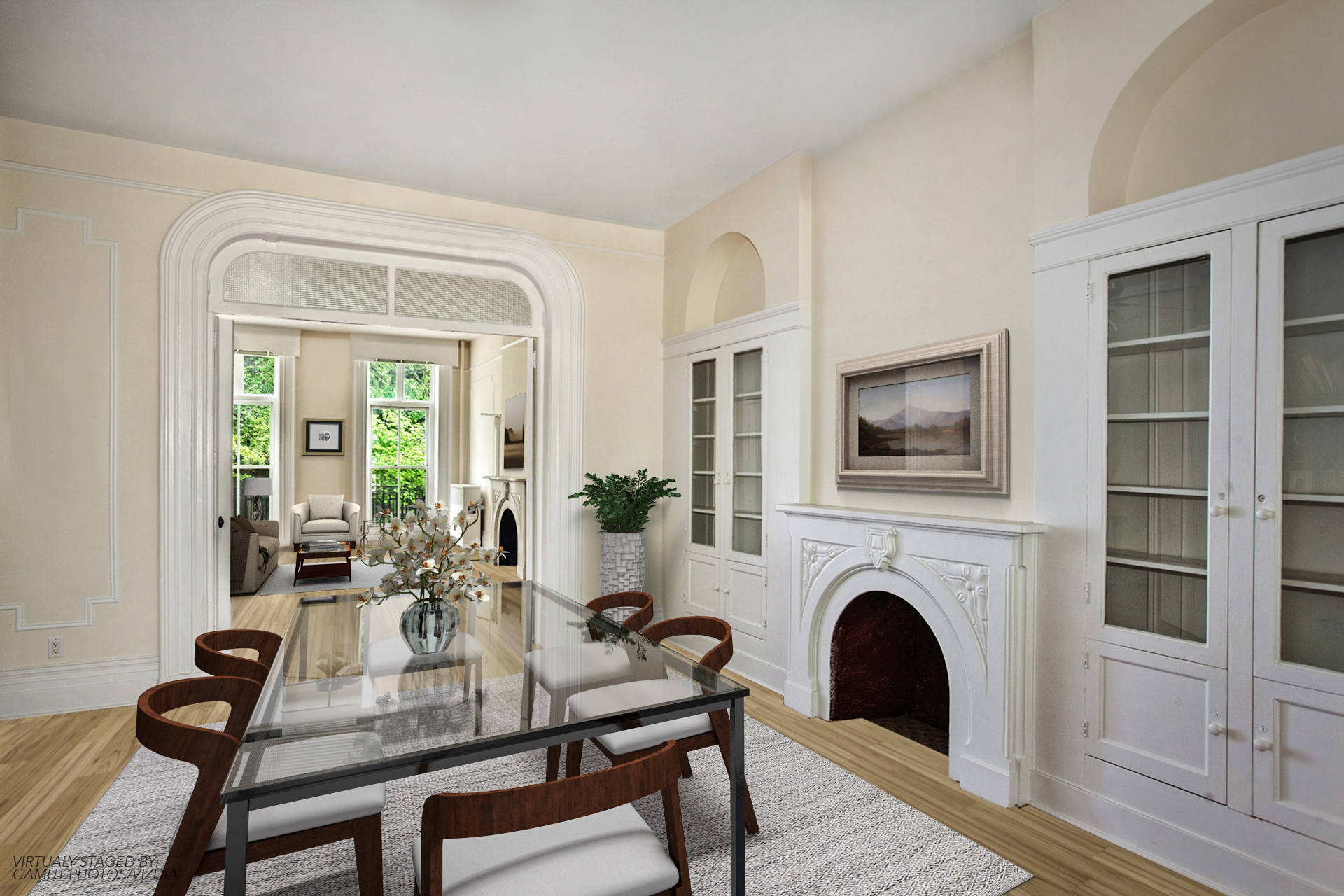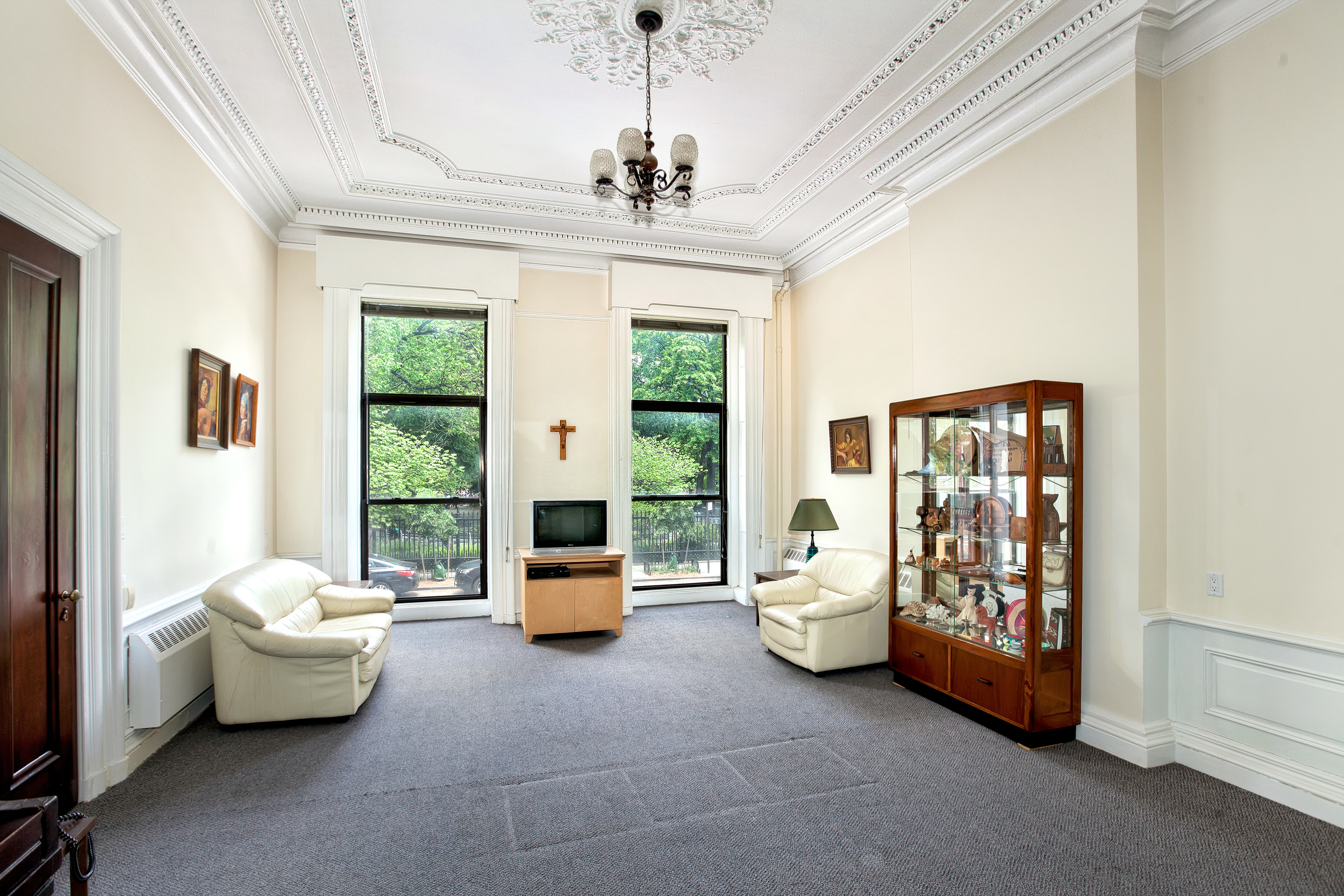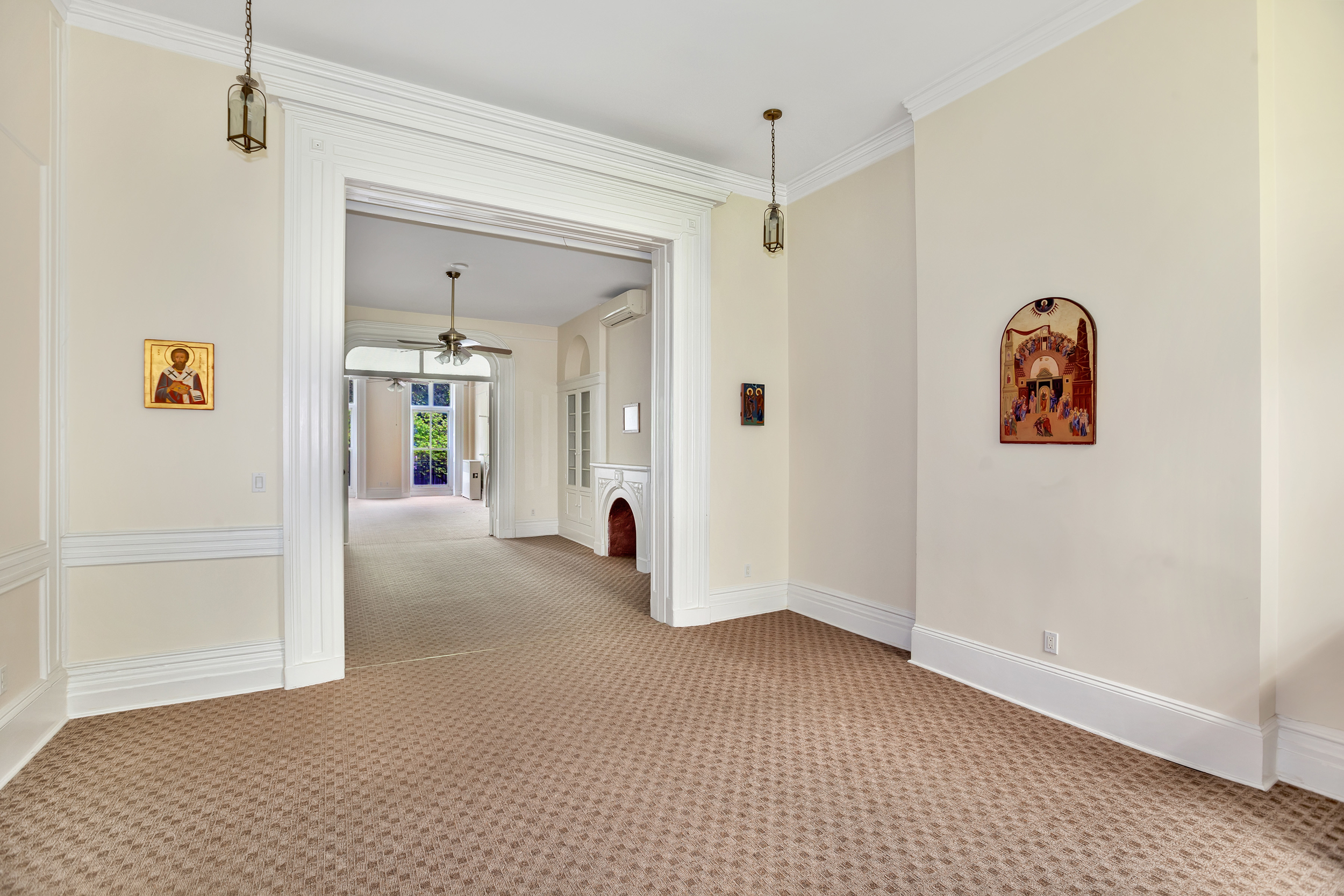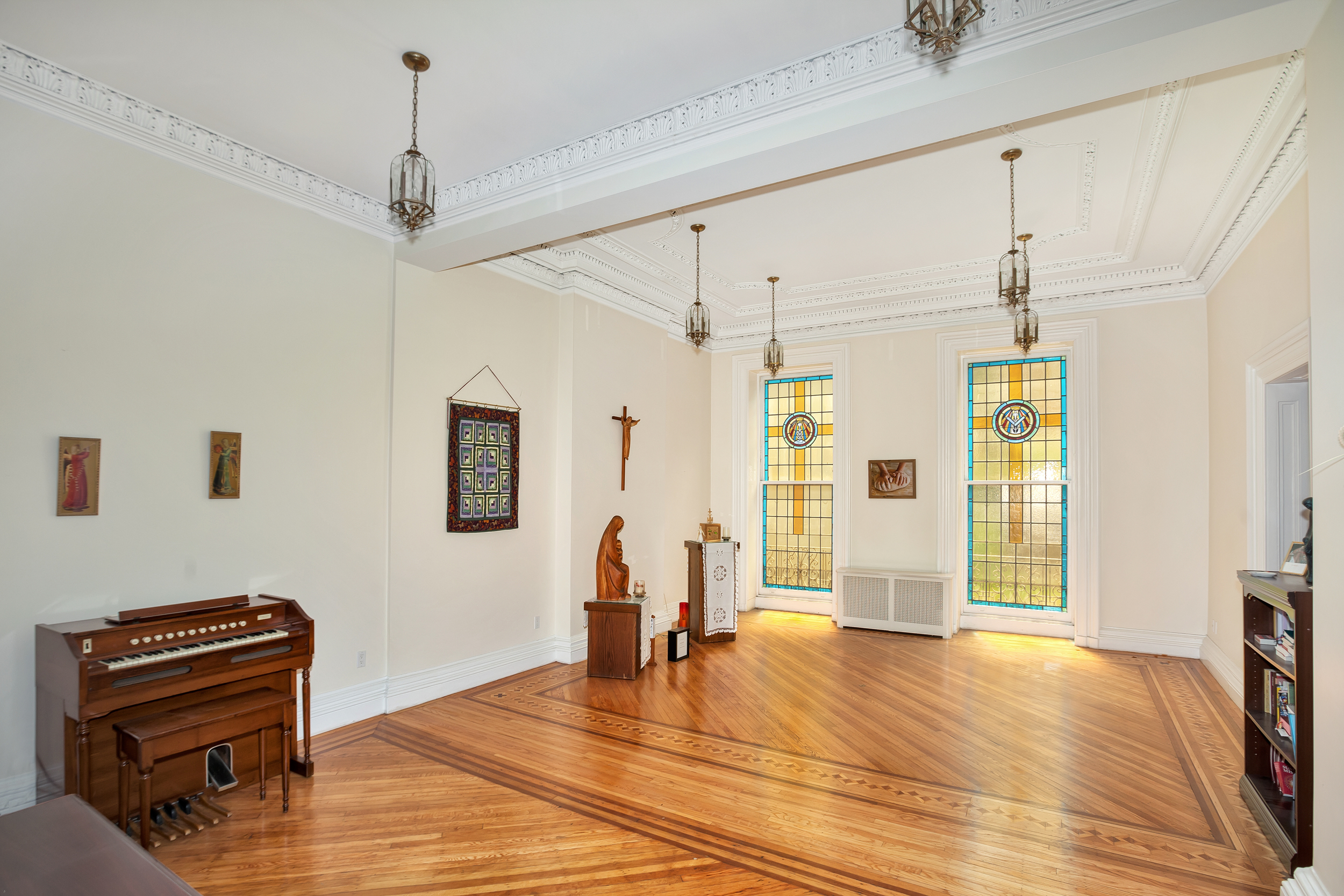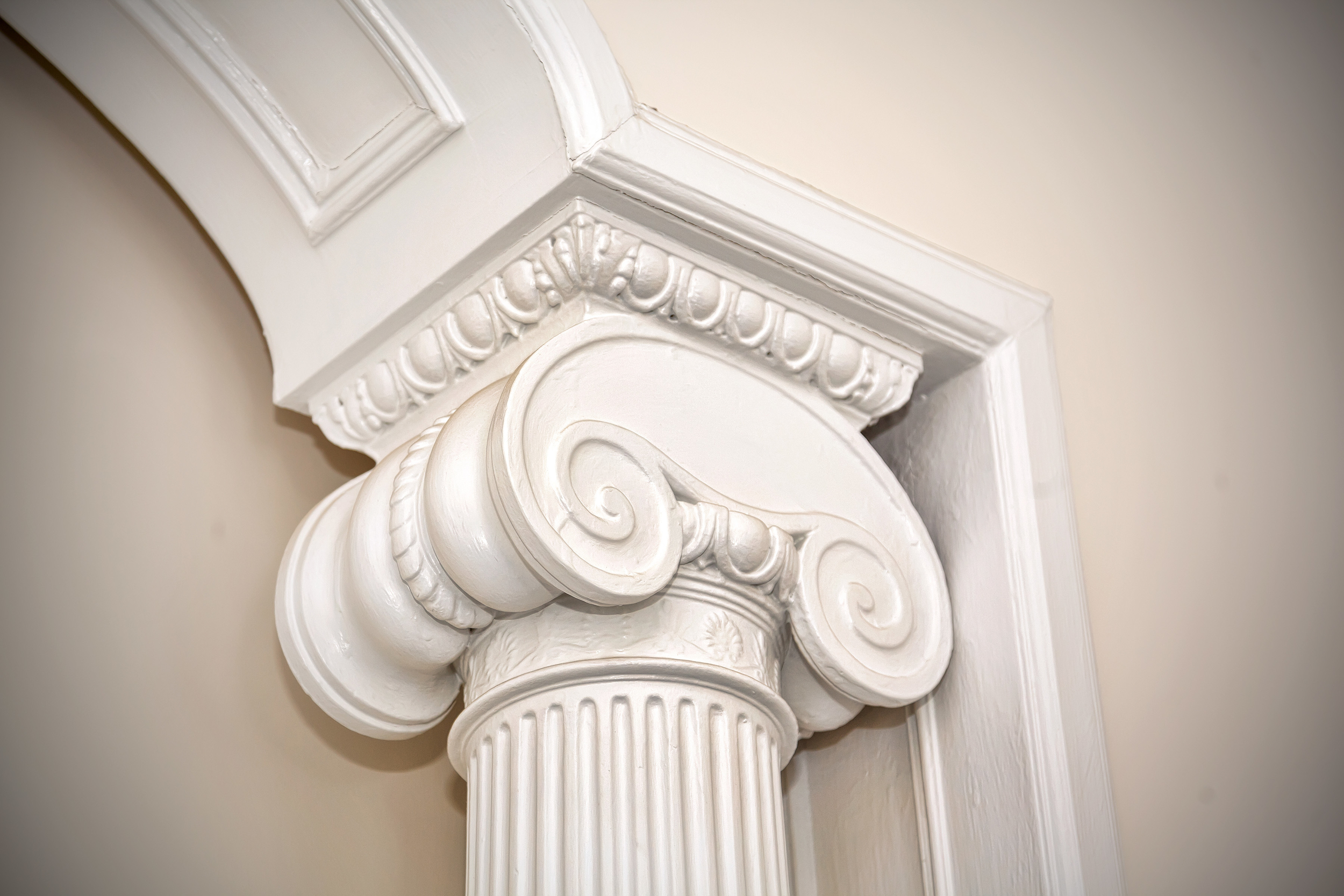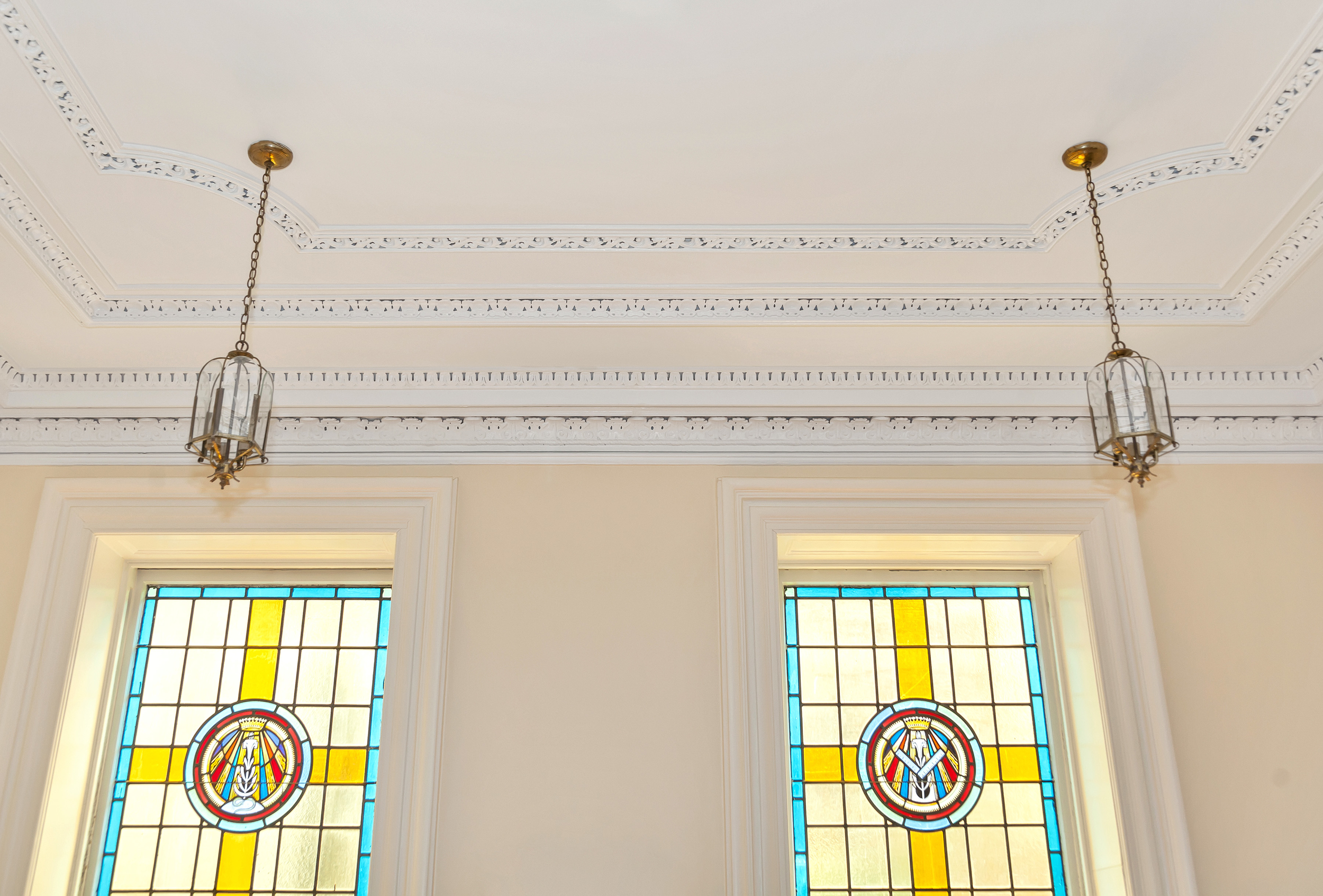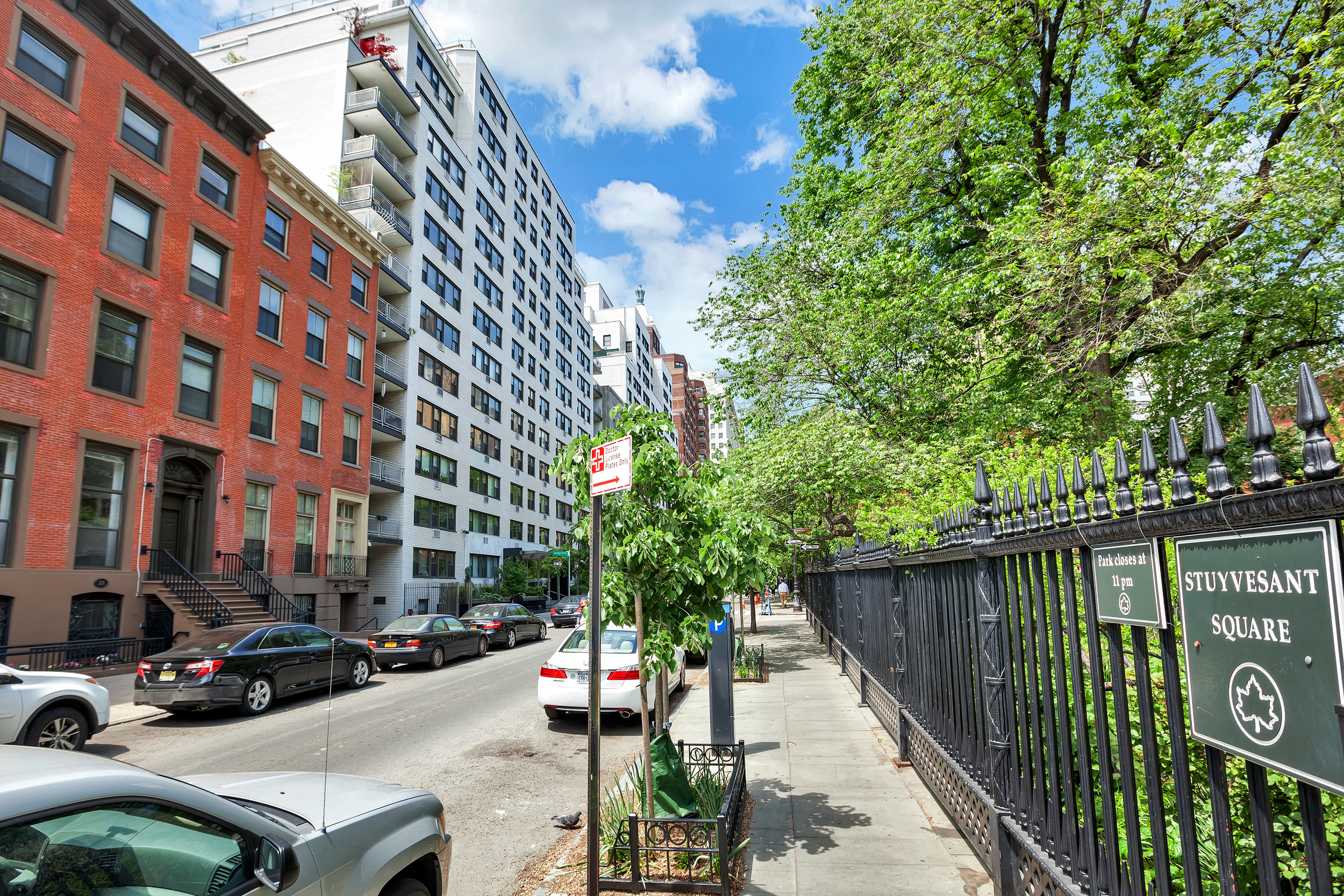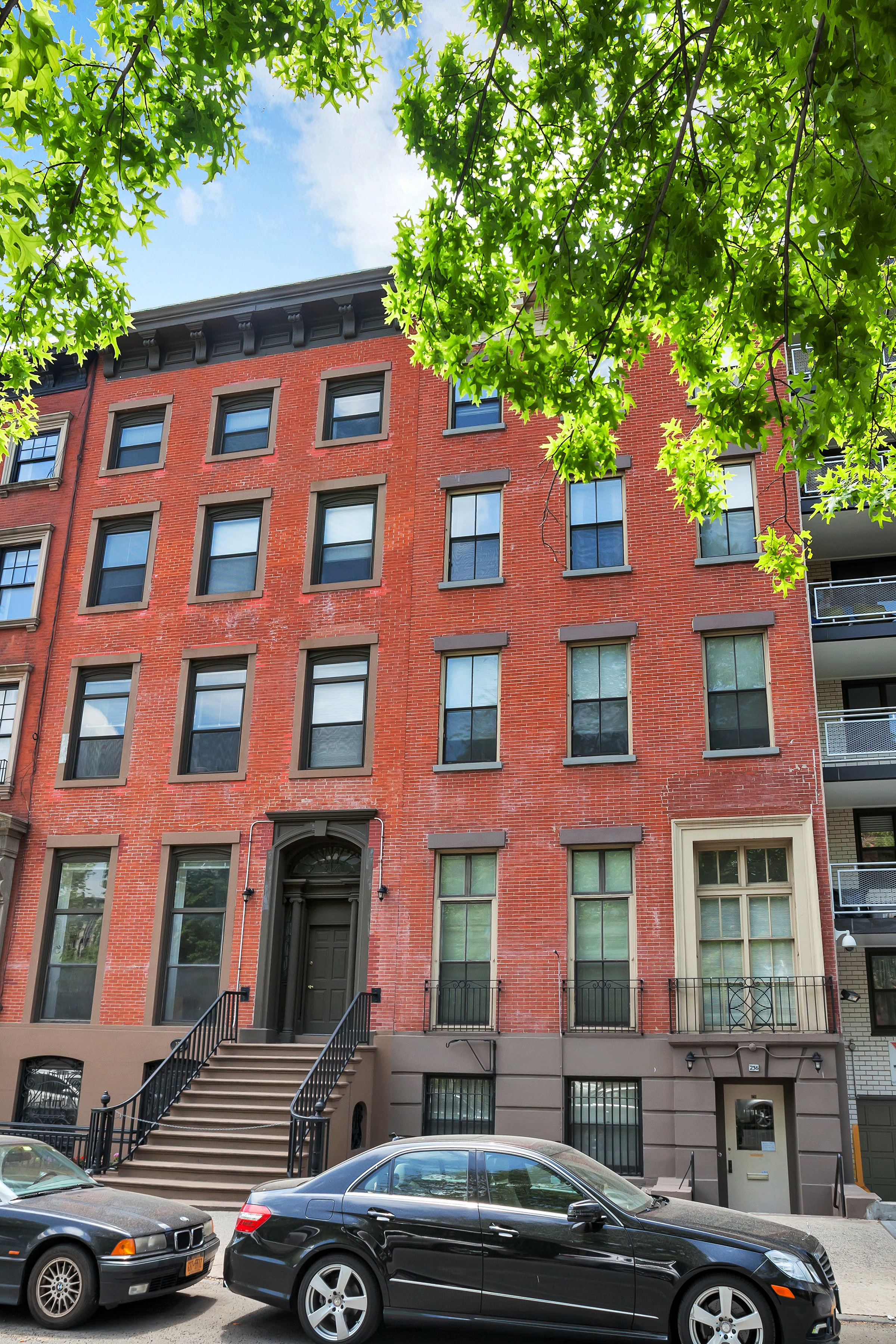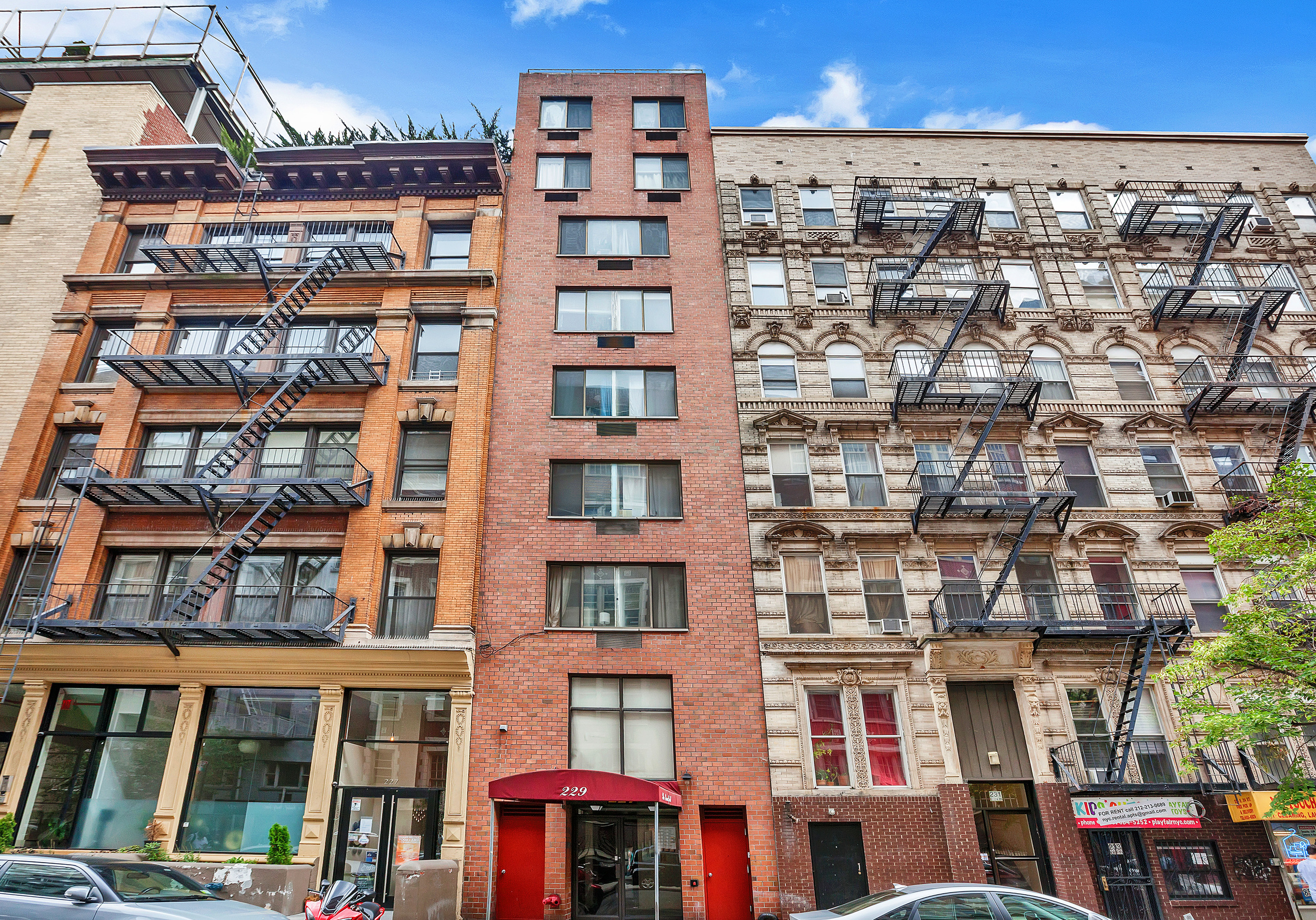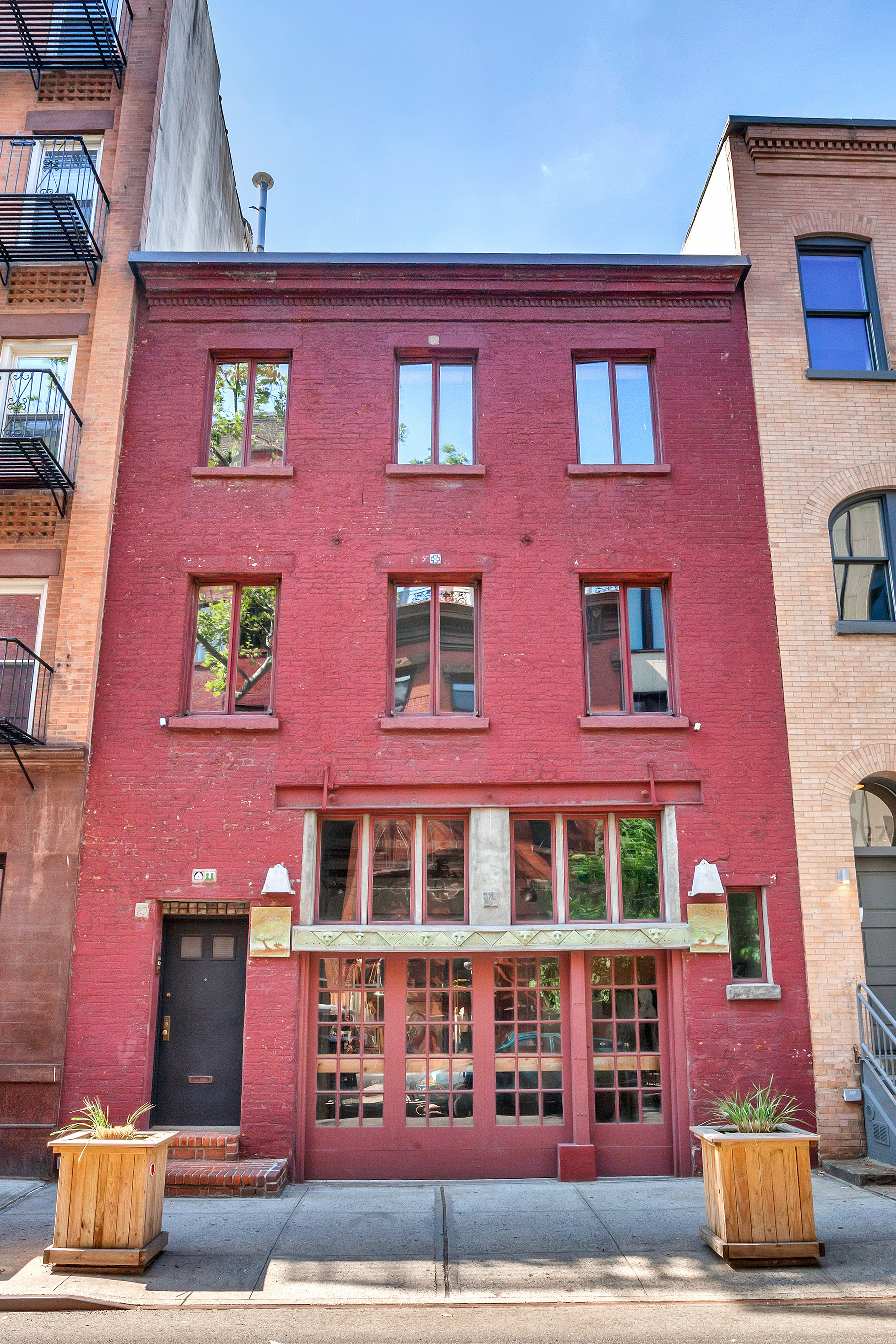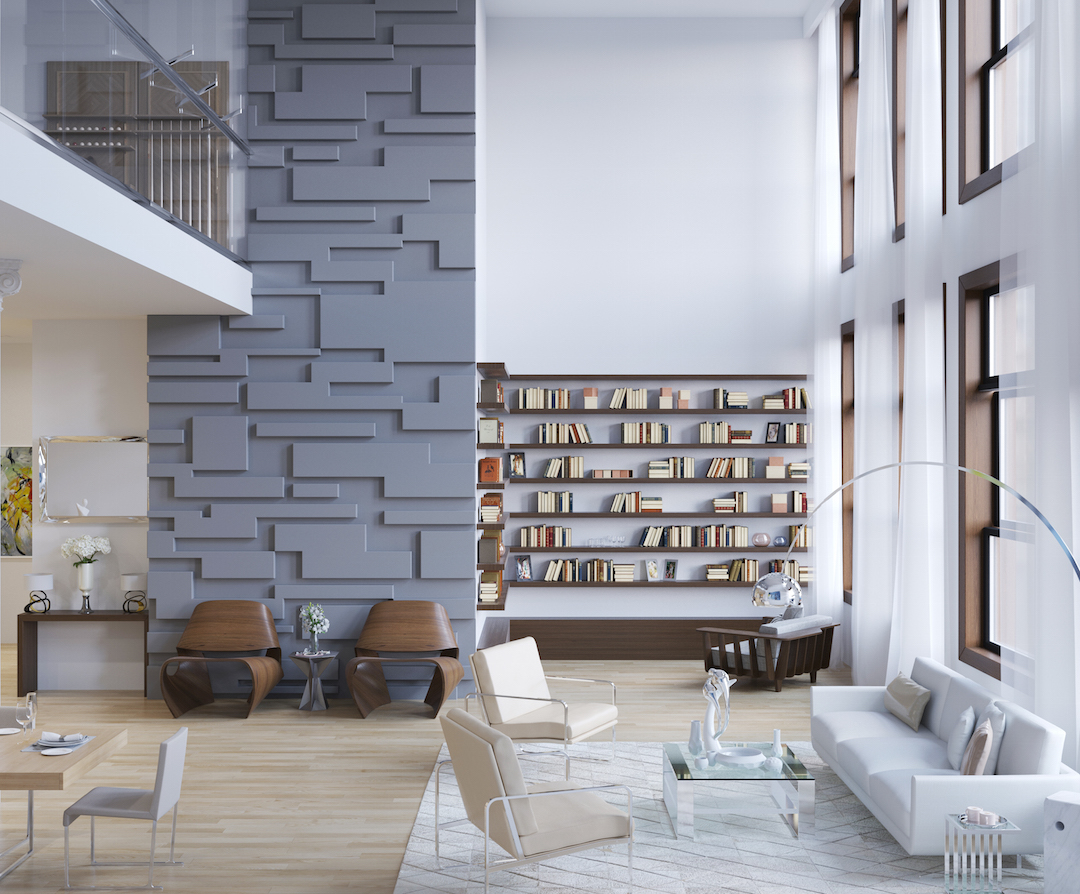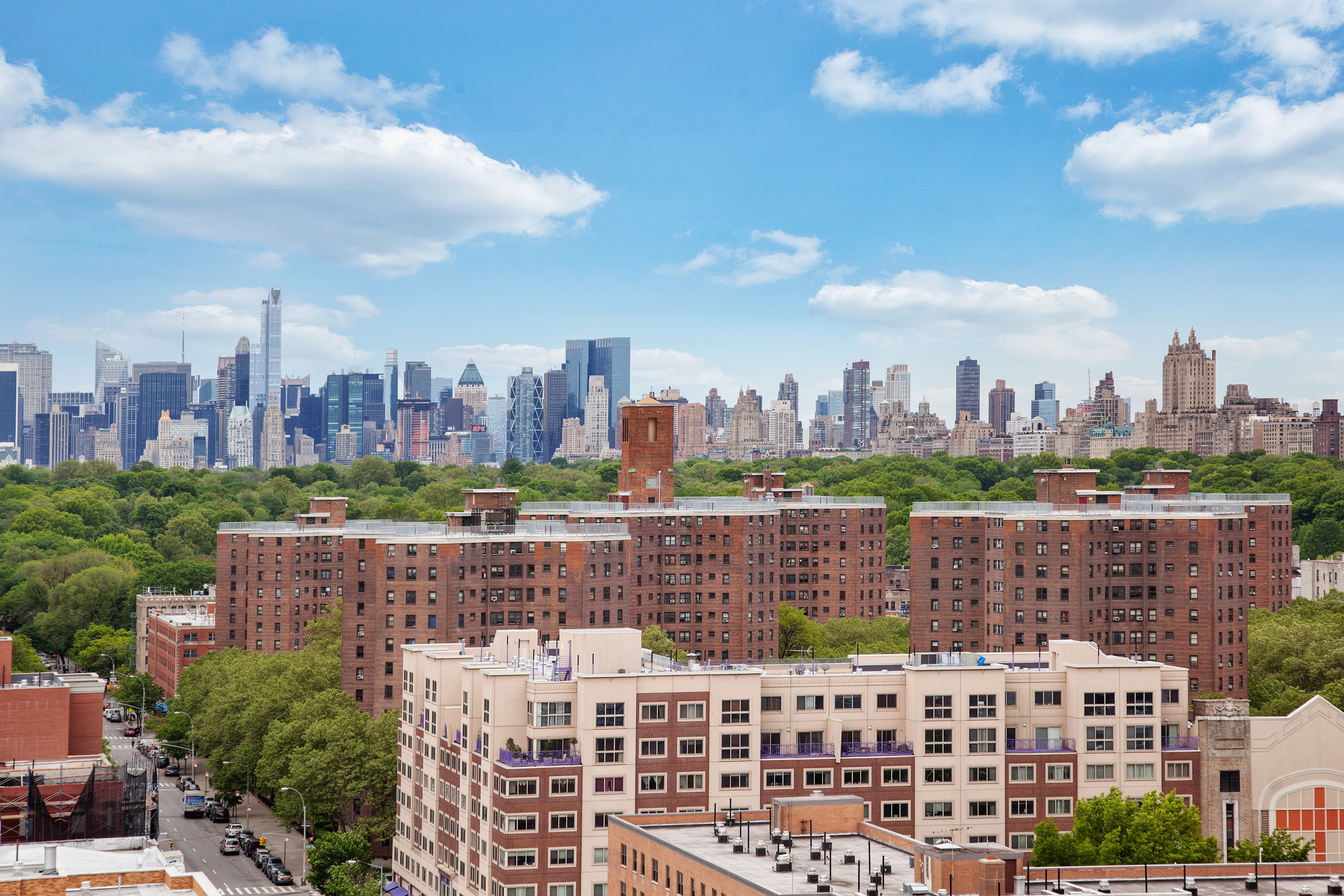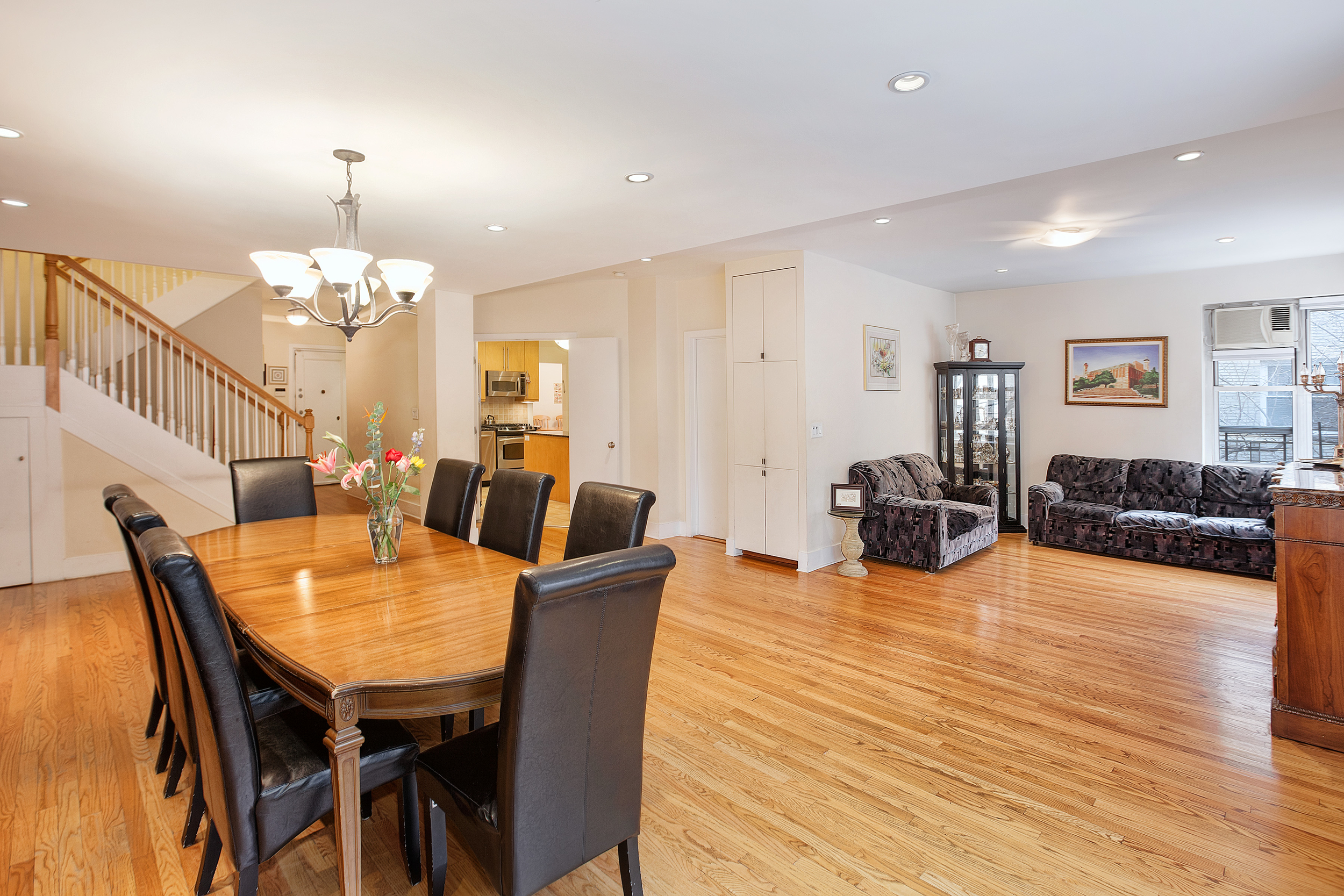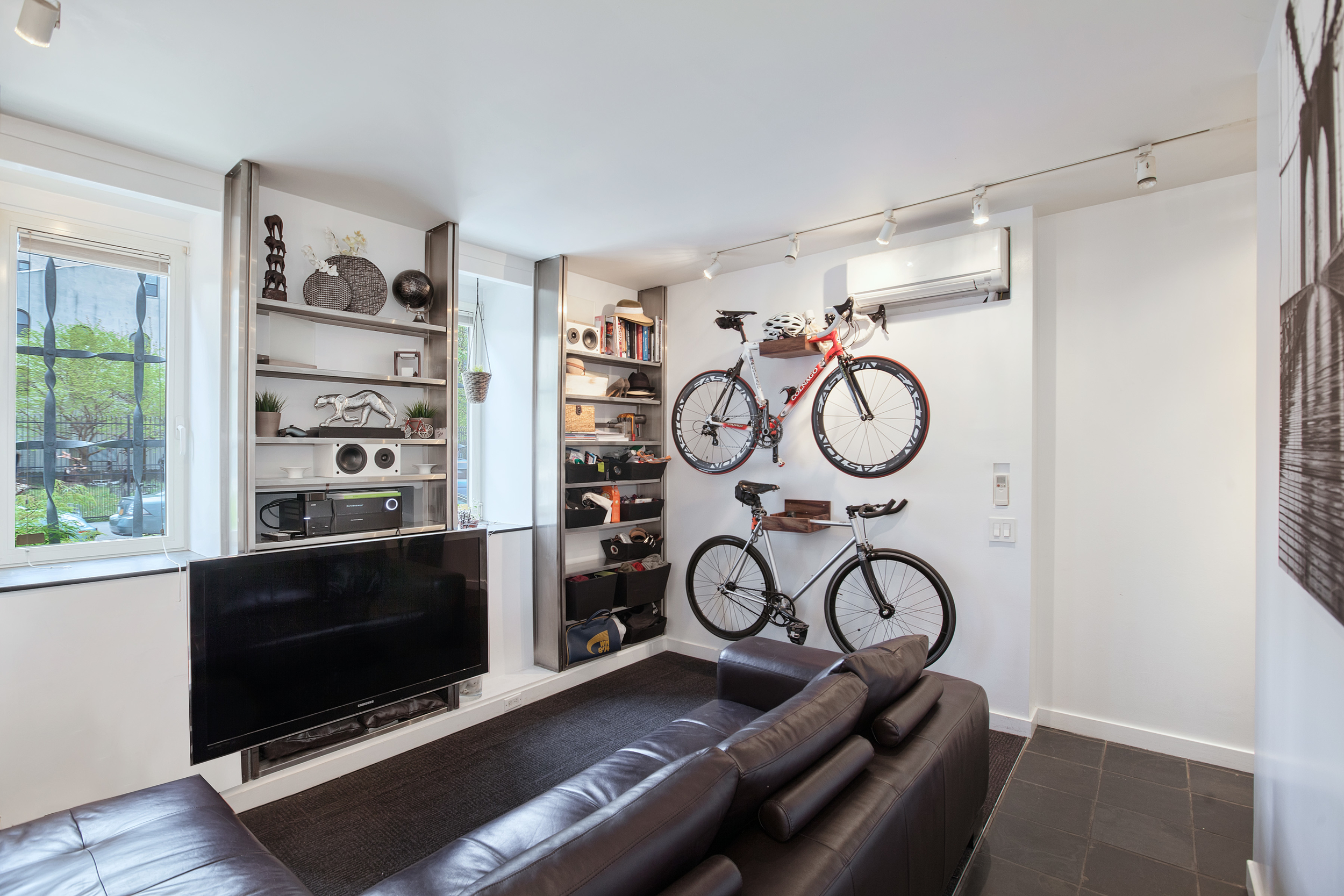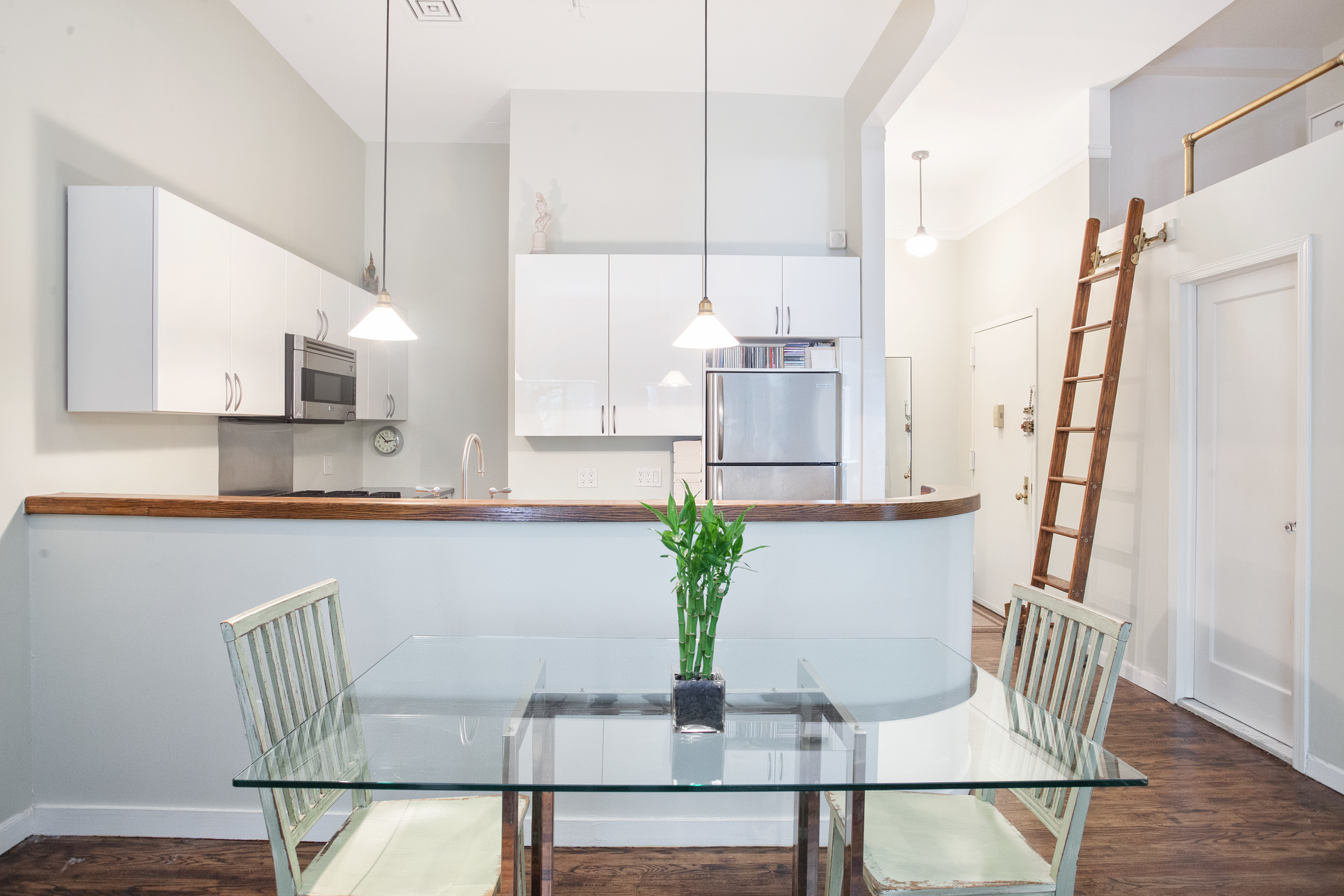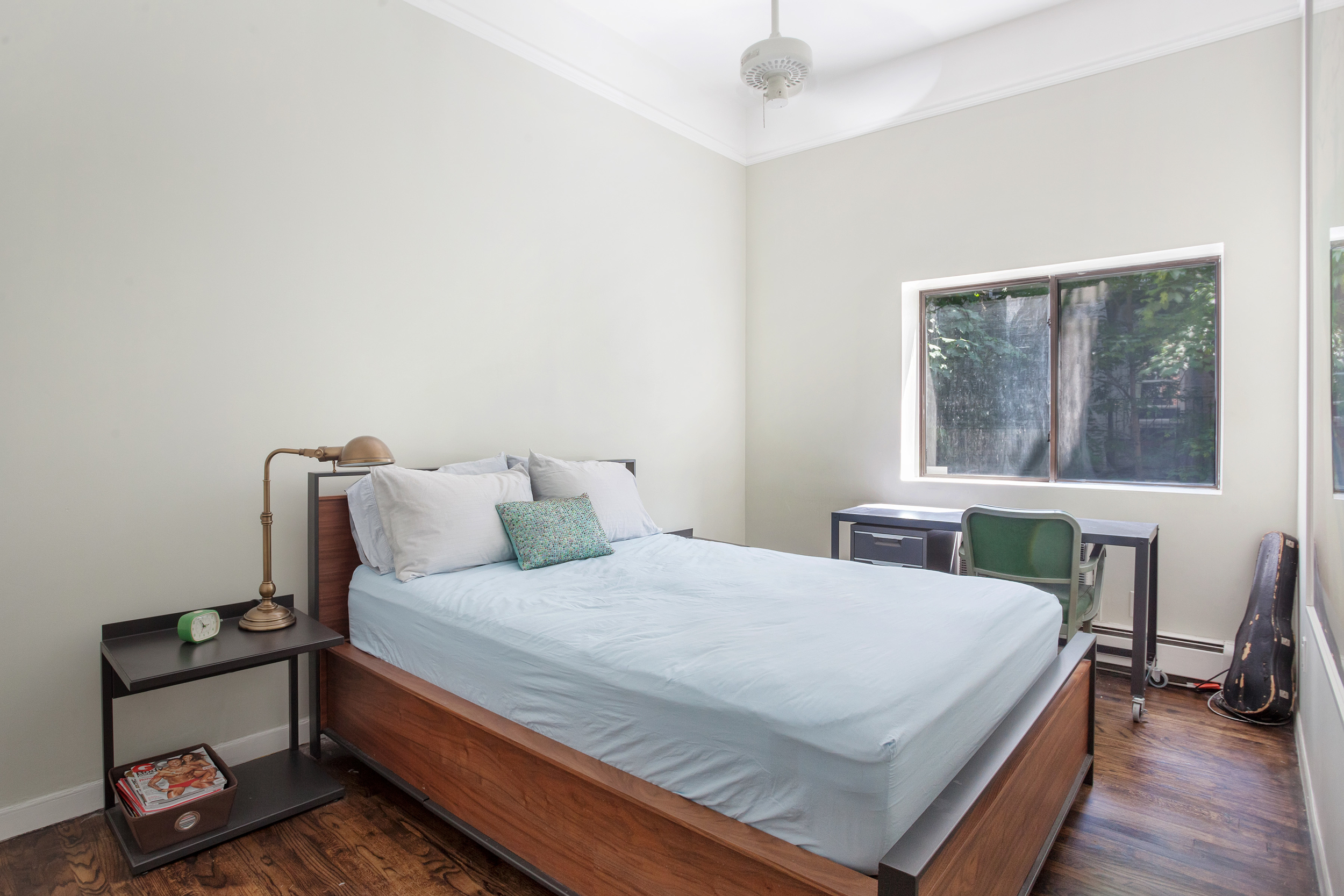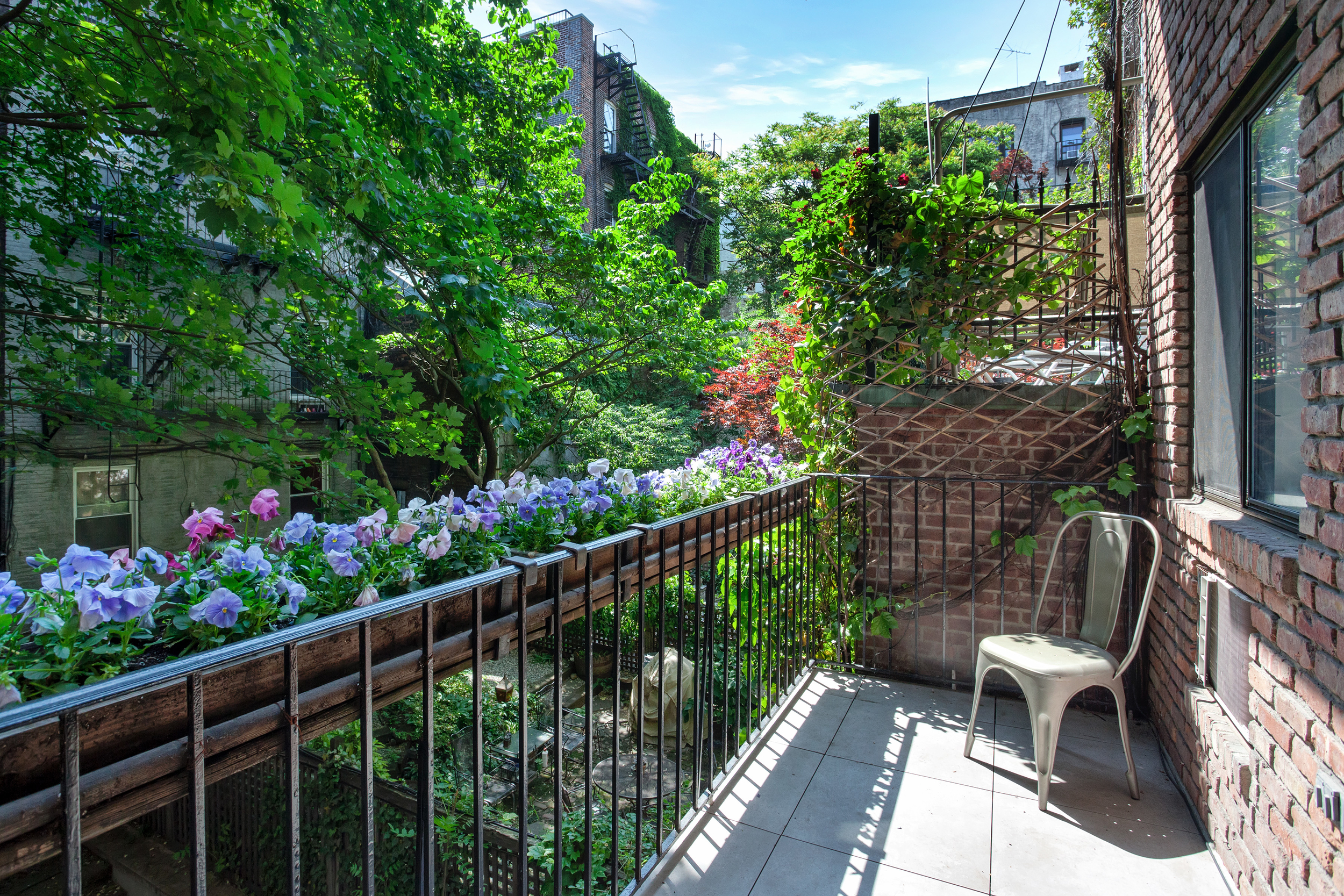Krajcovic had installed this new device in his science classroom as a school project. The Speck measures airborne particulate pollution, which increases the risk for and exacerbates symptoms of respiratory problems like asthma. Krajcovic’s class was analyzing the data gathered by the sensor to learn about indoor air quality when they noticed spikes in particle levels every few hours. Those coincided with the generator’s daily schedule: Whenever it kicked on to power the tower’s battery, particulate pollution increased, says Speck developer Illah Nourbakhsh, a robotics researcher at nearby Carnegie Mellon University. After parsing this unnerving data, Krajcovic filed a grievance, and the tower was moved.
But that is just one school, in one corner of Pennsylvania. Right now, there’s essentially no way of knowing how many schools and homes and offices are being filled with pollutants from diesel generators on rooftops, highway overpasses down the block or some other source spitting out invisible killers in your face all year long.
Your life depends on good air. Every year, air pollution causes the premature deaths of between 5.5 million and 7 million people, making it more deadly than HIV, traffic accidents and diabetes combined. The majority of these deaths—about 4 million—are caused by indoor air pollution, primarily in developing countries. But it takes a toll in developed countries as well. In Europe, for example, air pollution shortens the average life expectancy by nearly one year. Worldwide, more than 80 percent of people living in urban areas breathe air that exceeds pollution limits advised by the World Health Organization (WHO).
Particulate matter is the prime villain. The most lethal are the smallest particles (also known as PM2.5, for particulate matter smaller than 2.5 microns in diameter, about one-third the diameter of a red blood cell), which are produced by combustion and household activities like cooking. These specks can get deep into the lungs, tarring the airways and weathering the heart, disrupting its ability to beat properly: Many studies have linked exposure to PM2.5 with heart attacks, cardiac arrhythmias, strokes, chronic obstructive pulmonary disease, worsened symptoms of asthma and an increased risk of respiratory illness. Worldwide, particulate matter contributes to about 800,000 premature deaths each year, according to the WHO, making it the 13th leading cause of death worldwide. Other pollutants also cause major problems, especially indoors—radon, a gas produced naturally in the Earth, is the second leading cause of lung cancer in the U.S., and additional gases like carbon monoxide and volatile organic compounds (VOCs) cause myriad health effects.
Poisonous indoor air is almost completely ignored by the press, the public and those who bankroll scientific research—it gets about 100 times less research funding than outdoor air, even though the average American spends about 90 percent of the time inside. “Outdoor air is a political hot topic,” but it means less for public health than indoor air, says Jan Sundell, a researcher at the Technical University of Denmark. “You get sick due to indoor air. You die due to indoor air.”
While the federal government has a nationwide network of sensors perched atop towers that sniff for particulate matter, these cost around $100,000 each and aren’t exactly mobile—there’s simply no way the program could be expanded into schools, homes and offices, even if we could overcome all the red tape necessary for that to happen.
The Speck, however, costs $150 and is the size of an alarm clock. It’s just one example of a new generation of devices that measure air quality, many of which are priced at $200 or less and can quantify levels of particulate matter, VOCs, carbon dioxide, carbon monoxide and other gases. Although many of these devices aren’t yet 100 percent accurate (and certainly aren’t as precise as the fed’s monitors), they have already allowed people to improve the air they breathe in ways that would’ve been impossible even a few years back.
Choke Points
Air quality was never a primary concern for building developers, but the past few generations of construction have been particularly problematic; since the 1950s, buildings have increasingly been constructed to be more airtight, mostly for energy efficiency, says Joseph Allen, an environmental health researcher at Harvard University. But often that trend wasn’t offset by increased ventilation, leading to a common problem: buildup of carbon dioxide and various pollutants. This leads to “sick building syndrome,” a term coined in the 1980s to describe the increasingly common maladies caused by improperly designed and ventilated buildings. By 1984, a WHO Committee reported, “up to 30 percent of new and remodeled buildings worldwide may be the subject of excessive complaints related to indoor air quality.” Since that time, standards improved, and now some architects are specifically designing buildings with air in mind, Allen says.
Architectural firm CookFox is a good example. The company designed One Bryant Park in New York City, also known as the Bank of America Tower, which was the first in the state to receive the highest rating for occupant health set by the U.S. Green Building Council’s Leadership in Energy and Environmental Design (LEED) certification program. Special filters remove more than 95 percent of the particulate matter, and occupants can individually control the flow and ventilation of air in their offices or cubicles, says CookFox partner Brandon Specketer. The firm is now designing a residential building in Manhattan with indoor and outdoor particle monitors that advise residents whether it’s safe to open their windows.
Increasingly, new buildings contain sensors like these that sniff the air for pollutants. Carbon dioxide monitors have become commonplace in buildings, Specketer says. In offices, these are often coupled with the ventilation system to ensure that the latter automatically starts running when carbon dioxide concentrations get too high. But a few companies are also experimenting with more exotic sensors, like those that measure VOCs, says Valentine Lehr, a partner at Lehr Engineering, which consults on mechanical and electrical engineering projects. Lehr is currently working on a building that will incorporate VOC sensors to decide when to draw in outside air and whether to clean it using new chemical filters. These kinds of add-ons are still relatively uncommon, though, mostly because tenants are not aware of the health benefits—and if they are, they are often (and unwisely) unwilling to pay for them, Lehr says.
The San Francisco–based company Aclima has made headlines by setting up a system of air quality sensors measuring things like carbon dioxide and particulate matter at 21 of Google’s buildings and handling “half a billion data points per day,” an enormous amount of information that just a few years ago would have been completely inaccessible, says Aclima CEO Davida Herzl. The company uses sensors in its own building to optimize ventilation and will cut short a meeting if carbon dioxide levels in the conference room get too high, Herzl says.
Herzl believes this vast amount of new air quality data will guide construction and design of the future. The potential impact is enormous, considering that 70 percent of the infrastructure that will be around in 2050 has yet to be built. India and China—where air pollution is already particularly destructive—are projected to add another 700 million urban dwellers by 2050. As hordes of people move to the city in those countries, more cars and power plants are inevitable, adding up to more emissions and dirtier air. But that doesn’t have to be the case, Herzl says. If these millions of structures are designed with new data in mind, they could save many lives.
Improvements in filtration and ventilation in older buildings are equally important to global public health. And it’s wrong to assume that “only new buildings can be clean,” Allen says. A soon-to-be-published study led by University of Illinois researcher Paul Francisco looked at the health of people in 81 low-income houses in the Chicago area before and after installing a ventilation system up to federal standards. Francisco’s team found that six months after installation, children living in the homes reported fewer headaches and respiratory problems, and adults reported significantly less “psychological distress” than previously.
Indoor air quality is a bigger problem for the poor and underprivileged. According to the WHO, 56 percent of cities with more than 100,000 inhabitants in high-income countries do not meet its guidelines. In low- and middle-income countries, that rises to 98 percent. The problem is particularly severe in East and South Asia, says Kirk Smith, an air quality researcher at the University of California, Berkeley. Smith and his team designed a device they called the UCB (UC Berkeley) Particle and Temperature Sensor to map air pollution in India. Using the device, Smith and other researchers found that smoke and particulate matter from household cooking fires create one-quarter of the country’s air pollution—more, even, than the notoriously noxious and pervasive vehicle exhaust there. Cooking indoors with wood and other solid fuels leads to millions of cases of pulmonary disease and deaths each year. Smith has helped quantify the misery caused in India by this pollution; he hopes that data will lead to systemic changes to ease it. Already, there are projects underway in many areas to replace wood stoves with cleaner-burning materials like natural gas.
The technology necessary to convince people their air is killing them is improving and dropping in price. Recently, Smith and colleagues created a new monitor called the UCB Particle and Temperature Sensor Plus, which should cost several hundred dollars (about half the price of the original model) and will be available to buy in mid-2016. The Plus is lightweight and durable, and it can measure extremely high levels of fine particulate pollution, sometimes surpassing 50,000 micrograms per cubic liter of air in Indian villages. That’s about 1,000 times worse than the dirtiest American city and 30,000 times higher than levels the U.S. Environmental Protection Agency considers safe. Because Smith’s devices measure higher PM2.5 levels, they aren’t that useful in places with relatively clean air, like U.S. cities. For that, there are new sensors on the market that can measure lower levels of particulate matter with reasonable accuracy, such as theSpeck and the Dylos monitors.
Researchers are already using both types of monitors, along with carbon dioxide, carbon monoxide and radon sensors, in a project to increase awareness of indoor air pollution in southwest Pennsylvania. Known as “Reducing Outdoor Contaminants in Indoor Spaces,” or ROCIS, the initiative was founded about two years ago with financial support from philanthropic organization the Heinz Endowments. It places monitors in people’s homes for three weeks and shows people what activities increase pollution levels, says project leader Linda Wigington. For example, it’s vital to turn on the ventilation hood over your oven when cooking, to use the backburner whenever possible (allowing the hood to suck up particles and gases like carbon dioxide) and to put lids on pots, Wigington says. All of these tweaks can greatly reduce levels of poisons produced by cooking, she says. Getting rid of carpets and curtains can also decrease the amount of particles found indoors, as these items store large amounts of these pollutants. And use a vacuum cleaner with a HEPA filter; vacuuming without one increases particulate pollution.
Many people underestimate the amount of particulate matter they are exposed to indoors, Wigington adds. Without taking these precautions, people unnecessarily expose themselves to more pollution and are even shortening their lives. As the WHO notes, there’s no absolutely safe level of particulates.
You’re not helpless when it comes to dirty air, though. Ryan Allen, an environmental health scientist at Simon Fraser University, has shown that using commercially purchased air filters in your home, even for a few weeks, can significantly improve several measures of health, including levels of inflammation and blood vessel function. In one 2011 study, his team found that people using a filter have about 30 percent lower levels of C-reactive protein, which is linked to inflammation, than those who did not. The preliminary results of a nearly completed study in Mongolia suggest that pregnant women with air filters in their houses give birth to larger babies (generally an indicator of good newborn health) than those without, he says. Yet another study in Nova Scotia by the Canadian Home Mortgage Department found that when fans were installed to ventilate and filter air, the number of infectious diseases declined by 75 percent. And other research has shown that those who work in well-ventilated buildings have lower levels of anxiety.
But not all filters work equally well. David Palmer and Judith Piscione founded a company called Progressive Technologies Inc., which produced a proprietary air-filtering system that removes all particles from the air and is still used in “clean rooms” used to produce many types of electronics, like computer chips and transistors. After selling that company, they decided to start American Innovative Research Corp., which uses the same technology to filter air in houses and buildings. Palmer says the device, which looks like an air conditioning unit, removes all particles from the air. It relies on a special technology that works like a car’s catalytic converter, breaking down contaminants until they turn into carbon dioxide and water, and filtering out any remaining junk using an extremely fine filter.
Bad Air Makes You Stupid
Air quality also affects the mind. A landmark study published in October 2015 in the journalEnvironmental Health Perspectives found a strong link between air quality and cognitive function. In the paper, the researchers gathered 24 professionals of various stripes and had them work in the same office, where the air quality could be altered and carefully monitored. Each of the participants worked in the office for six days, during which time they were exposed to differing levels of ventilation, carbon dioxide and the types of VOCs ubiquitous in indoor environments. On each day, the subjects took tests measuring a wide range of cognitive abilities.
One of the parameters tested was the difference between air quality in the average office building compared with that in a “green” building that meets standards for occupant health and energy efficiency set by the LEED council. The scientists found that in the green condition—where air was better ventilated and had lower carbon dioxide and VOC concentrations—participants scored 61 percent higher in cognitive function compared with those in conventional office building conditions. When exposed to air ventilated at twice the rate required in the LEED certification, a condition the authors named “green+,” participants’ cognitive scores jumped 100 percent.
The tests measured various areas of mental performance, and some were especially improved by better air quality. Scores on “information usage”—the ability to gather and apply information toward attaining a specific goal—went up by 172 percent and 299 percent in the green and green+ conditions, respectively. And when it came to “strategy”—participants’ ability to plan, prioritize and sequence actions—the green and green+ day scores were 183 and 288 percent higher than on the conventional-air day. Better air led people to make better decisions and to be more productive, says Joseph Allen, first author of the study.
To measure carbon dioxide, temperature, sound level and humidity at each cubicle, the researchers used a device called the Netatmo Weather Station that costs just $150. But to calibrate the device, the scientists used a more accurate, research-grade sensor called the TSI Q-Trak 7575, which would put you back around $4,000.
This highlights a major problem in this nascent field: Many of the sensors are not very accurate, and every researcher Newsweek spoke with was careful to point out the limitations of inexpensive monitors. For now, very few produce data precise enough to be incorporated into studies or to be used by regulators. And in some cases, these monitors may create false alarms—“anxiety is actually a health effect of [some of] these sensors,” Nourbakhsh jokes—or a false sense of security.
On the other hand, even though the affordable sensors don’t generally produce data solid enough for scientific research, many can accurately reveal trends, enabling people to tell when activities such as using a filterless vacuum or frying bacon create problems—or discover an underlying issue (like an air-fouling generator). And getting people to change their behavior often requires showing them the direct effects of their actions in the form of real data. In a 2013 paper published in the journal PLOS One, Neil Klepeis, an environmental health scientist at San Diego State University, found that when pollution monitors were installed in the homes of smokers, two out of three people involved promised to quit smoking indoors or to smoke less after several weeks. “There’s nothing like that real-time feedback to drive the point home,” Klepeis says. So these sensors can make a difference, even if their data isn’t perfect.
“Sick building syndrome,” a term coined in the 1980s, describes the increasingly common maladies caused by improperly designed and ventilated buildings.BBOSTJAN/GETTY
Meanwhile, the accuracy of low-cost technology is only going to improve, because consumers will demand it, Joseph Allen says, pointing out that pension funds are looking to invest in companies with green infrastructure, including those that employ new-generation sensors. Several banks and funds have consulted with Allen and colleagues about “putting their money on [corporations] that stress sustainability and health,” and sensors are part of that. “When these funds are starting to invest...it will force shifts in how companies prioritize health, particularly real estate companies,” Allen says. “It’s going to be massive, and you can already see the movement happening.”
But before the huge leaps come the small improvements. Besides gifting a Speck monitor to Sto-Rox High, Nourbakhsh also sent one to Quail Hollow Elementary School outside Salt Lake City as part of the company’s educational outreach mission. Quail Hollow used the device to show that particulate matter created by parents idling their cars while waiting to pick up kids produced high pollution levels. That led the parents to sign a pledge to stop running their cars while waiting, and subsequent tests with the monitor showed improved air quality.
Students found that “through an intervention, they could improve the conditions,” Nourbakhsh says. The devices, despite their flaws, are giving people a rough but real idea of what they’re breathing in, and, more important, the information they need to do something about it. At Quail Hollow, Nourbakhsh says, there will be “no more idling.”
